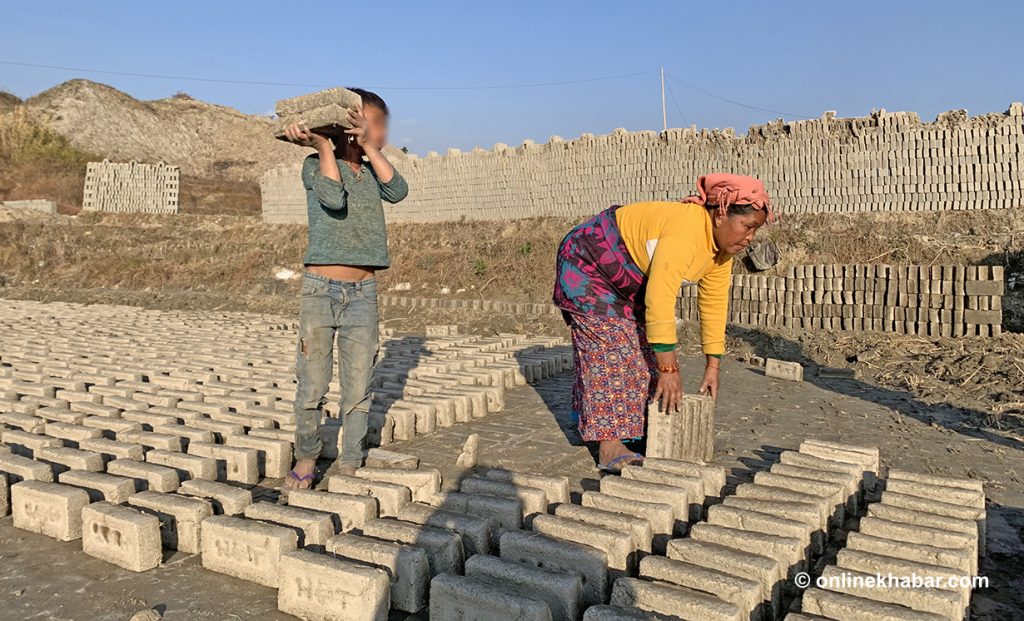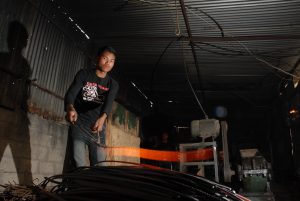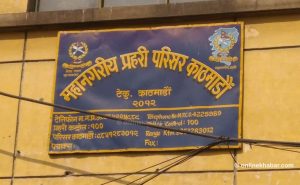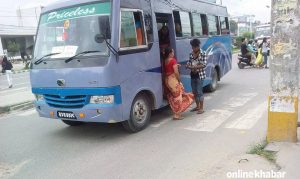Sujan Karki recently turned 10. His mind and body are similar to those of other children of his age. But, while other children of his age spend their days playing and studying, the scarcity and misery of his family have forced him to carry heavy bricks on his young head. He has to earn to meet his daily meals. Neither does he have friends to play with.
He spends his day in and around the Jai Hanuman Brick Factory of Changunarayan, Bhaktapur, carrying and arranging bricks. He is studying in grade four at a nearby school, but he has to carry bricks before and after school. He is a child labourer.
Nepal’s Labour Act 2017 makes it illegal to employ any child in a factory, mining or similar hazardous work. The government is working on a national master plan to prevent child labour exploitation. A UNICEF study has found that one out of every three children is involved in child labour. But, Karki and many like him are far away from these acts and plans thanks to the government apathy to implement laws.
Mountains of sorrow
Karki was living in his village in Ramechhap with his mom. Mom Laxmi says, “We used to make a living by working as daily wage earners. There was my husband to accompany me. Also, there were neighbours to help in need.”
But, things did not remain the same. One day, Sujan’s father Ramesh Karki returned home babbling. At first, they thought he was drunk. But, he did not. In fact, he started abusing and threatening children as soon as he saw them. His condition was only deteriorating day by day. Laxmi feared that he would kill their children.
He was taken to a hospital. The doctor said he had had a severe mental problem. This added to them the burden of treatment.
“After my husband lost his mind, he started beating children day and night,” says Laxmi, “I came to Kathmandu to save my life and the lives of my four children, leaving my husband home.”
She borrowed Rs 18,000 from a neighbour and boarded a bus to come to Kathmandu to find some work. Some people said she would find a job at some brick kilns of Bhaktapur.

Laxmi had no clue where to stay and work. That night, she fed her children noodles and she slept on an empty stomach at Bhate Dhikur, Bhaktapur.
The next morning, she left her eldest daughter, Sangita, in the care of her siblings and set out to find work. Even after seven days, she could not find a job. She kept the children in the same open field for seven days.
A week later, she found out that she could find work in a brick kiln in Thankot. She then reached Thankot. She got the job of carrying and making bricks.
Sangita started helping her at work, quitting her studies. When she was in the village, she used to go to school. She had studied up to the 6th grade. Gradually, the children grew up and all of them started helping their mother in her work. They had grown up enough to understand deprivation and poverty.
After working for a year in Thankot, Laxmi returned to Bhaktapur. She is currently working at the Jai Hanuman Brick Factory in Changunarayan.
It has already been eight years of hardships, one year in Ramechhap and seven years in Kathmandu, since Laxmi has not been able to eat and sleep comfortably. She says, “My family is big and there are only two people earning money. It is difficult to make ends meet.”
Harsh reality and indiferent law
Article 39 of the constitution provides for the rights of children. The child rights law also has a provision of punishing people involved in child labour exploitation and providing compensation to the children.
But in practice, child labour is being exploited at almost every brick kiln. A direct example of this is Laxmi Karki’s three children under the age of 14. Among them are Susan (14), Sushila (13), and Sujan (10).
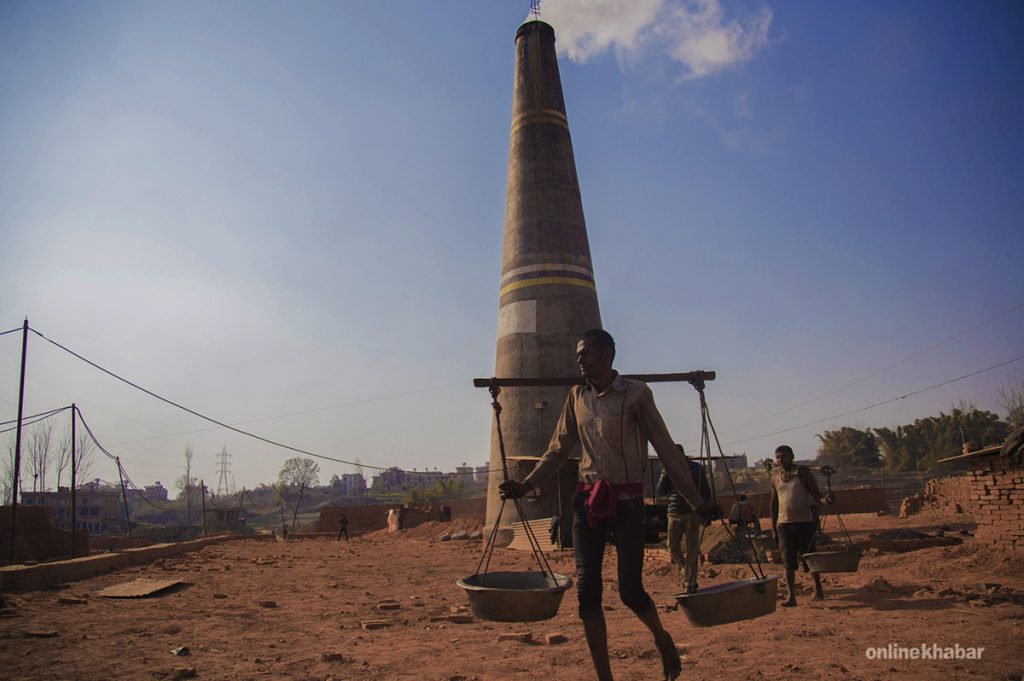
There is also a legal provision to get the consent of parents or guardians when employing children in the age group of 14 to 16 years. But, even in such conditions, children should not be employed for more than six hours a day. Anyone found employing children in hazardous work is liable to imprisonment for up to one year or a fine of up to Rs 50,000 or both.
The National Plan for the Prevention of Child Labour aims to end exploitative child labour by 2023 and to eliminate all forms of child labour by 2026.
According to Nati Bhai Hamba, the president of Bhaktapur Brick Industry Traders Association, there are 62 brick factories in Bhaktapur alone, out of which 60 are in operation and two are closed.
Admitting that the brick industry is a risky area for children, Hamba says that children are not employed in the industry in Bhaktapur.
“In Bhaktapur, children are not employed by the industry, but parents make them work with themselves. They don’t obey us when we ask them not to do so,” he says. He argues that the brick industry could not be made child labour-free because of such parents.
But, Laxmi Karki says her condition is making her do this; it is not her wish.
Even though Laxmi Karki has been working at the kiln, she has sent her children to school so that they do not have to suffer like her. She thinks that if she had studied, at least she would not have had to work in a kiln now.
.



